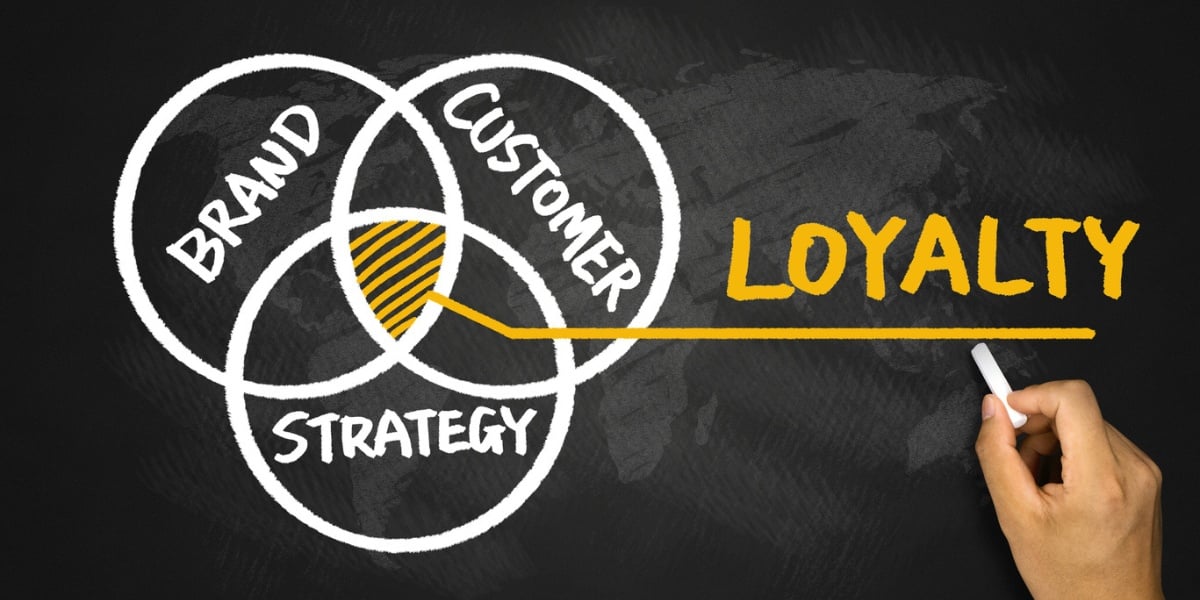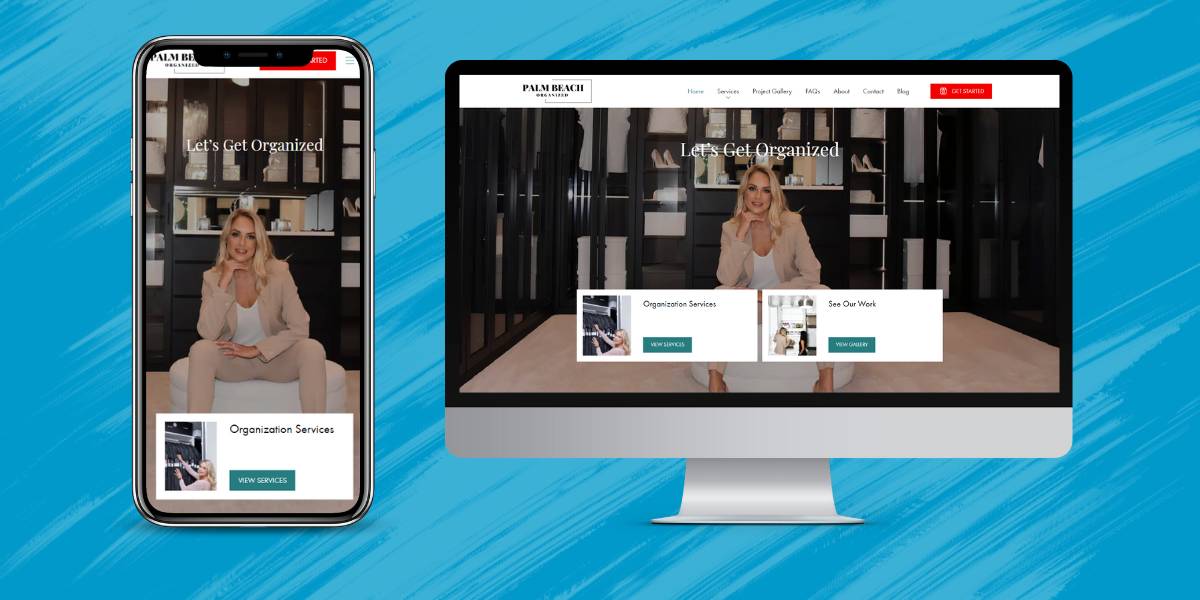2020 is drawing to a close, and you know what that means. Countdowns? Parties? Noise-makers? Champagne? No, it means it’s time to get serious about your 2021 social media advertising budget. Which is just as fun as parties. No, it’s not, but it is necessary, especially considering about half the world’s population has a social media account - and counting.
When creating a social media advertising strategy, one of the most frequently asked questions is how much to invest. This is always a fun exercise, because social media channels will ingest however much budget you are willing to pony up, so the issue is really about how much budget you are comfortable allocating. To reach your brand-building goals, spend must reflect social’s importance.

Social Media Advertising Budget: Industry Standards
The challenge of social media marketing is that it will consume everything you put into it! There’s always more to do, more ways to reach and connect, more leads to convert. A general rule is that B2B companies are best served allocating between 2 - 5% of revenue on marketing; for B2C companies, this increases to 5 - 10%.
That is for overall marketing: how much of that should be dedicated to social? A recent CMO Survey finds that B2Bs and B2Cs spend the following percentages of their marketing budget on social media:
- B2B Services: 20.5%
- B2B Product: 16.6%
- B2C Services: 24.7%
- B2C Product: 20.9%
This may or may not apply to your business: do you achieve most of your sales from the internet? In that case, it may be prudent to decrease spending on direct mail, broadcast, and print while increasing it on social.
These figures do, though, give you a rough starting point as you develop your 2021 social media advertising budget.
What to Include in Your 2021 Social Media Advertising Budget
Creating a social media advertising strategy is an essential step in the budget process. What are your goals for 2021? Where are you now, and how will you move towards them in the new year? How does social play into that? No amount of budget planning will be effective if you don’t first identify and clarify your goals.
Some examples:
- Increase social community by 25% year over year
- Generate 40% more engagement
- Generate 50% more website visits
- Boost sales by 2%
Once you know where you want to go, it’s time to fund the marketing components that will help get you there. Be sure to include the following in your 2021 social media advertising budget:
1. Content
Content creation will likely account for a big chunk of your social media advertising budget (50% or more). Specific line items include:
- Photography. Setting aside some money for a professional photographer for at least some of your visual assets is money well spent.
- Graphics. Likewise. This is your image, and it needs to be refined and polished.
- Video. Given the appetite for video, this is practically mandatory! Factor in talent (e.g. actors, models, influencers) production costs (e.g., travel, meals)
- Copywriting. Brands often outsource this to content creation companies and/or independent contractors.
2. Technology
Even when outsourcing your creative, the following paid tools and solutions are useful in executing professional social media marketing and advertising strategies:
- Social media management platform (e.g., Sprout, Hootsuite)
- Social listening platform
- Photo and video editing programs
- Stock photography and video subscriptions
- Influencer marketing platform
3. Ad Spend
It is difficult to achieve all your brand goals with organic social media marketing alone; it is important to fund paid options:
- Paid ads (Facebook, Facebook Messenger, Instagram, LinkedIn, Pinterest, Twitter, YouTube, etc.)
- Influencer campaigns
For help determining your paid ad spend, check out this super-helpful tool:

But before talking about how to set your budget for 2021, it is important to set your goals FIRST. No amount of budget planning will be beneficial if you don’t know where you want to go as a brand. Do you want to increase your social community by 25% year over year? Do you want to generate 40% more engagement or 25% more website visits? Knowing where you want to go is the first step to getting there!
Let's dive in.
COMMUNITY BUILDING
Facebook and Twitter allow you to run campaigns specifically meant to grow your communities. If this is important to your brand, you will want to slice off some of your social media advertising budget to nurture this goal.
If you have ran these campaigns before, you should be able to determine your cost per follower by looking at the amount spent divided by the amount gained. Now, to project the future, you should take your anticipated budget and divide that by your previous cost per follower to get your projected followers gained. There are obviously a few different ways to determine how much budget you will need to achieve your target community growth goals.
- Example:
- $100 (Budget) / 250 (Followers Gained) = $0.40 (Cost per Follower)
- 250 (Anticipated Budget) / $0.40 (Cost per Follower) = 625 Followers Gained
GENERATING ENGAGEMENTS
The more engagement you can create, the more impressions (awareness) your brand will receive. We highly recommend having a portion of your social media advertising budget dedicated to promoting your content to a highly targeted audience. Don’t leave your 2021 social media strategy to chance by leaving your fate to the feed algorithms! Take control and put some dollars behind your content.
Now, how much budget do you need? Much like you did when budgeting for community building, you will want to take a peek at previous campaigns and determine what your average cost per engagement is.
If you don’t have a history of paid advertising campaigns, this will be tricky but not impossible. With no advertising history, you will want to place a test budget in market to gain performance data for which to base your projections off.
Now, referencing the goals you have set for generating more engagement, you will want to take your average cost per engagement and multiply by the amount of engagements (or target engagements) you are hoping to generate. The result is the amount of budget needed to hit the mark.
- Example:
- $0.25 Average Cost per Engagement x 1,000 (Target Engagements) = $250 (Budget Needed)
WEBSITE TRAFFIC
Generating website traffic from social media sites is probably one of the most cost-effective ways to get new users to your owned digital properties. Most brands have at least dabbled with website clicks campaigns, so hopefully this element of your social media advertising budget planning should be the most comfortable.
Essentially, you will want to take a peek at your average cost per click and multiply it by the amount of website traffic you are hoping to get (or target visits). The result is the amount of budget needed to achieve that goal.
- Example:
- $0.89 Average Cost per Click x 25,000 (Target Visits) = $22,250 (Budget Needed)
But wait! What if website visits aren’t enough and you need to account for conversions? The answer is quite simple. Take a peek at your analytics and check out your website conversion rate. By looking at your conversion rate, you can determine just how much traffic you need to send to your website to trigger a certain amount of conversions. For instance, if your website sees 25,000 visits per month and has a 2% conversion rate, then you should see roughly 500 conversions.
Now, going back to the example on setting your budget for website traffic, if it takes 25,000 visits to generate 500 conversions, you will need a budget of roughly $22,250 to achieve that goal, because your cost per click is $0.89. Adding conversion rates to the mix is also very helpful when you are trying to shoot for bottom-line business impact when creating a social media strategy!
4. Training
There are a variety of educational resources available. These include:
- Hootsuite Academy
- LinkedIn Learning
- Facebook Blueprint Live
5. Management
- Social media management
- Audience research and growth
- Social strategy and analytics
- Social content creation
How many of these tasks will you outsource? Which will you keep in-house? This is another consideration as you prepare your 2021 social media advertising budget. It may be more cost effective to find a partner who can handle this aspect of your digital marketing strategy in order to minimize overhead costs - and maximize results. Contact THAT Agency today for help with your social media advertising!

___
Editor's Note: This post was originally published in November 2019 and has been updated for freshness, accuracy, and comprehensiveness.




